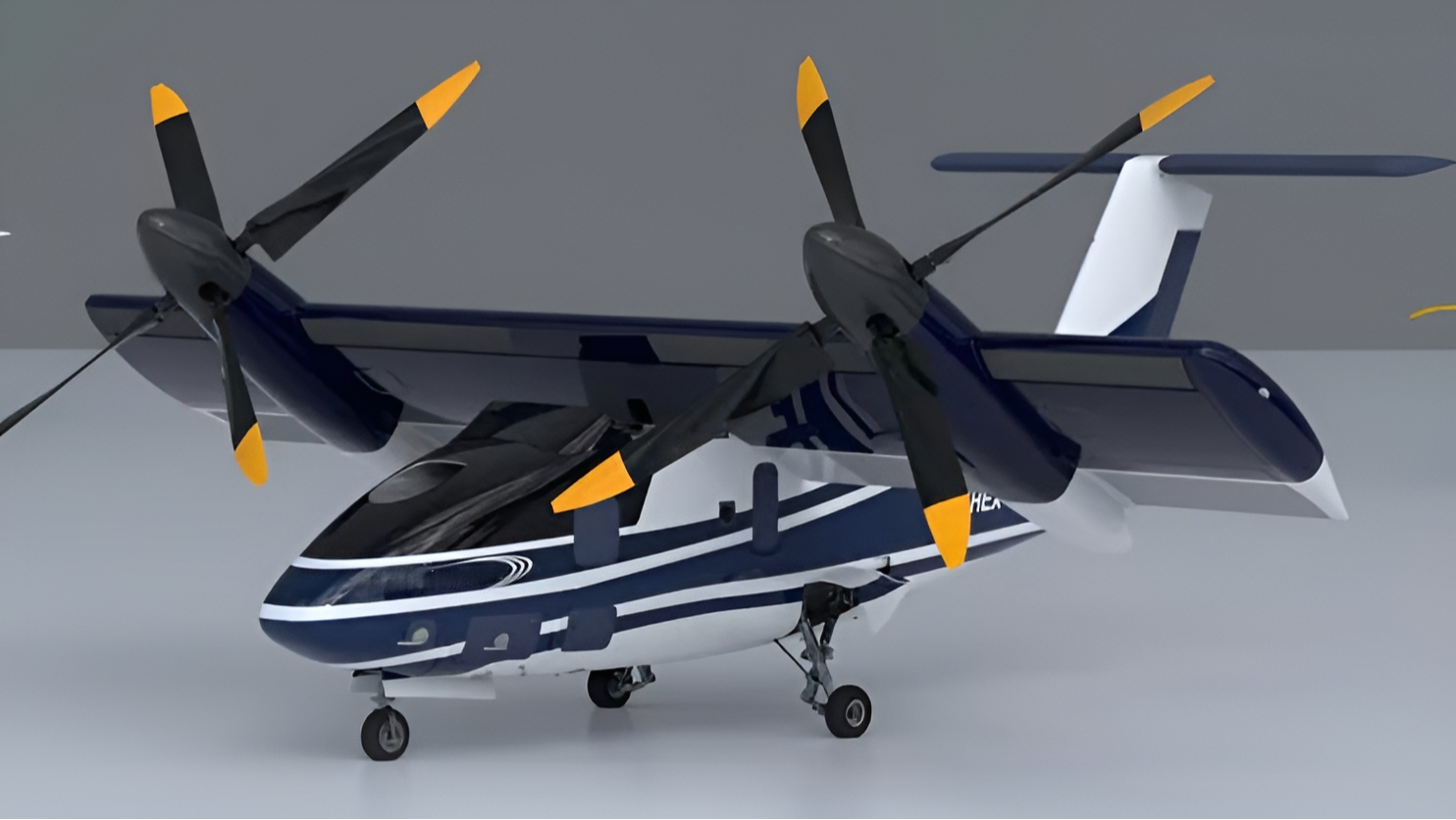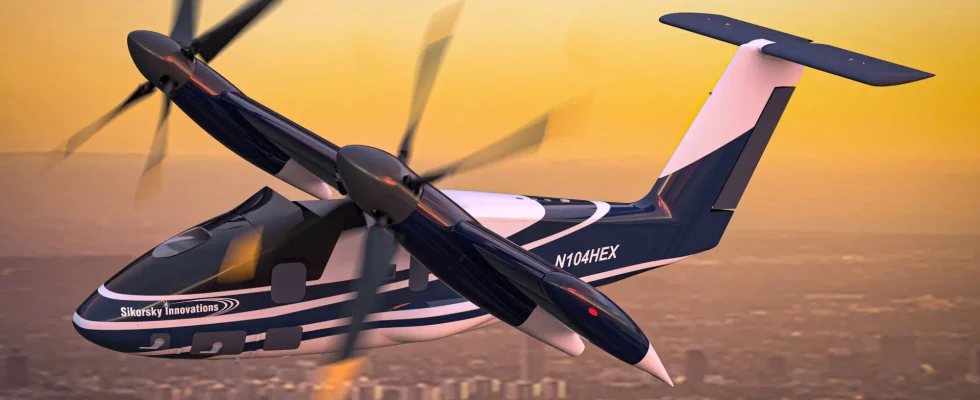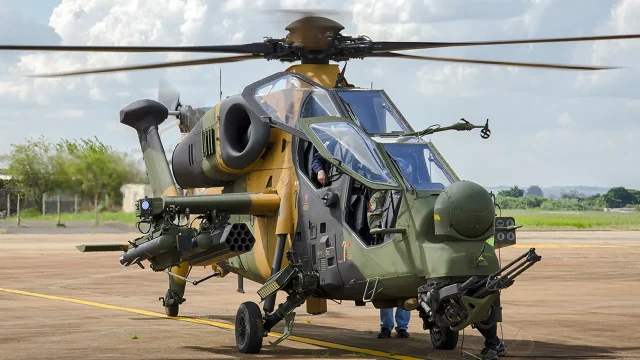Sikorsky has introduced a hybrid-electric vertical takeoff and landing (HEX/VTOL) aircraft with automatic flight with pilot option. tilt-wing is developing aircraft. It is part of a new family of hybrid rotorcraft that will have the ability to take off and land vertically for greater speed and range, and can transition to horizontal flight with wings.
Sikorsky’s new Hybrid VTOL aircraft features
Sikorsky, under its Lockheed Martin subsidiary, is developing three hybrid, automatic rotorcraft that look like a conventional helicopter. However, a device with tiltable thrust nacelles quadcopter or as part of a party an aircraft with a tilting wing design in. This design 500 nautical miles (926 km) It aims to combine high speed with a long range.
The completed flashy aircraft has a maximum takeoff weight 4 tons will be and to a 1.2 MW class turbogenerator Will have. Sikorsky Innovations and GE Aerospace for hover performance tests 600 KW electric motor A hybrid-electric power systems test bed with
The new HEX family will include different degrees of electrification. This will provide a mechanically simpler design to avoid the problems associated with complex power and control mechanical linkage systems encountered by a tilt-wing or tilt-rotor aircraft.

Sikorsky’s electric future
Igor Cherepinsky, director of Sikorsky Innovations, said:In Sikorsky’s electric column, we design electric motors, power electronics, and our own vehicle management hardware and motion systems. HEX will integrate these components, demonstrating the increasing maturity in MATRIX autonomy and the potential for maintenance-free systems,” said.
What do you think about this new hybrid VTOL aircraft from Sikorsky and the innovations this technology will bring to the aviation industry? Will these developments have an impact on future flight and transportation systems? You can share your opinions below.

